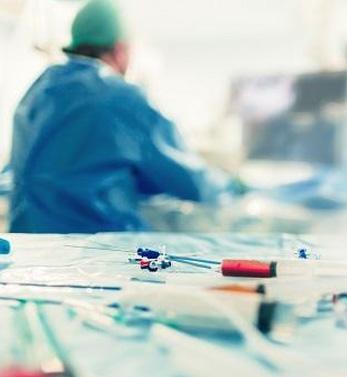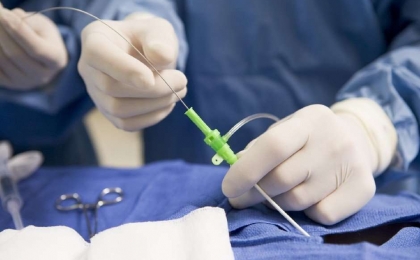

Intervention Radiology makes use of applications for use in almost every organ in trendy, fashionable (Ultra, MR and Angio) guidance, and it is a science that uses different and technical techniques apart from a science for use.
Interventional Radiology operations are targeted diagnosis and operations; This success rate is high. Work-related side-effect, more customer-application-related. Interventional Radiology applications; traffic control will be done for major surgical interventions and more. Flat writes. stay short
Interventional radiological procedures, unlike other methods, are reproducible procedures. At the same time, for therapeutic surgery or therapeutic use, apply from a single center for you.
Interventional Radiology procedures, starting with preparations to embark on an organ or educational journey, to travel in close proximity to a cruise.
 1.Balloon angioplasty and stenting: It is the treatment of stenosis or obstruction in arteries or veins by using only balloon, balloon and stent together or by placing only a stent, accompanied by an angioplasty device. These procedures are performed without surgery from a vascular access site the size of a pinhole.
1.Balloon angioplasty and stenting: It is the treatment of stenosis or obstruction in arteries or veins by using only balloon, balloon and stent together or by placing only a stent, accompanied by an angioplasty device. These procedures are performed without surgery from a vascular access site the size of a pinhole.
2. Atherectomy/Thrombectomy: In case of sudden occlusions in the vessels, the clots causing the obstruction can be cleaned with the help of the angiography device and using special catheters.
3. Mass embolizations: The blood supply of the masses that are fed more than the artery is interrupted by using special substances and the existing mass is reduced. This ensures that the complaints of the mass disappear or decrease. In some cases, the existing mass is operated after the occlusion procedure. This occlusion process allows the patient to lose less blood during the surgery.
4. Aneurysm embolization: It is the treatment of bubbles (aneurysm) occurring in arteries or veins without open surgery using special occlusive materials.
5. Placing the inferior vena cava filter: In order to prevent the clots in the leg veins from breaking off and going to the lungs, special filter systems are placed in the main vena cava of the body (inferior vena cava) that hold the clot fragments.
6. Arteriovenous malformation and fistula treatments: Congenital or acquired vascular tangles (arteriovenous malformation) or unwanted shortcuts between the artery and vein (fistula) are treated using special occlusive agents.
7. Transarterial chemoembolization (TAKE): With this procedure, it is performed to give chemotherapy to tumors with intense vascular nutrition (especially tumors in the liver) and to occlude their feeding vessels. With this treatment, the tumor shrinks and the side effects of the chemotherapeutic drug are reduced. The treatment is done through special catheters by entering the needle through the artery in the groin.
8.Radioembolization (TARE): In the treatment of liver primary tumors (HCC and Cholangiocarcinoma) and metastases together with the nuclear medicine department, intraarterial radionuclide therapy with yttrium 90 microspheres - radioembolization is applied. The treatment technique is performed through special catheters by entering through the needle hole through the artery in the angina and groin, as in TACE.
9.Transjugular intrahepatic portosystemic shunt (TIPS): It is the process of creating a shunt by placing a stent between the hepatic vein and the portal vein system in the liver after entering the neck vein (jugular vein) for the treatment of portal hypertension. After this process, the pressure in the portal system is reduced.
10. Endovenous laser ablation in leg varicose veins: Varicose veins that occur as a result of inadequate functioning of the valves in the leg veins and cause discomfort are treated non-surgically by placing a laser catheter through the vein under local anesthesia under imaging guidance.
11. Fibroid Embolization: Fibroids are benign masses located in the uterus (uterus). Due to their high blood supply, they cause irregular menstrual bleeding, pain in the groin area and a decrease in blood values (hemoglobin). Myoma embolization is a non-surgical treatment method. The vessels that feed the uterine fibroid by entering through the inguinal artery are found with thin tubes called microcatheters and are closed by giving occlusive substances.